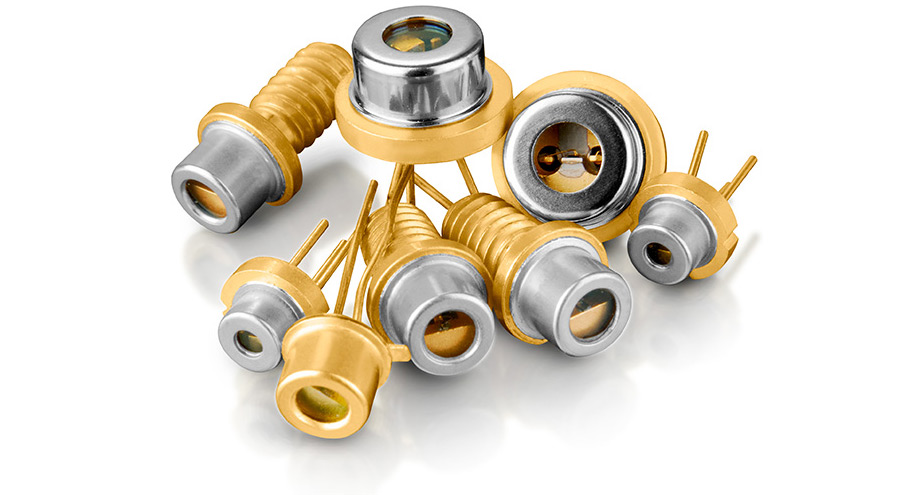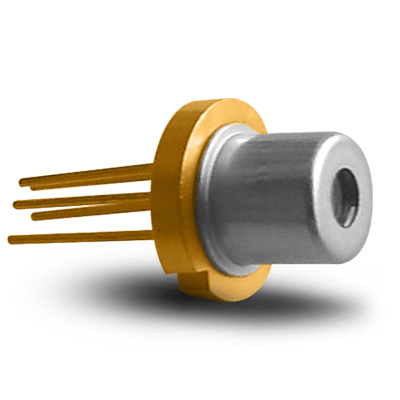
This 905nm PLD produces the shortest pulse duration worldwide for devices of this type.
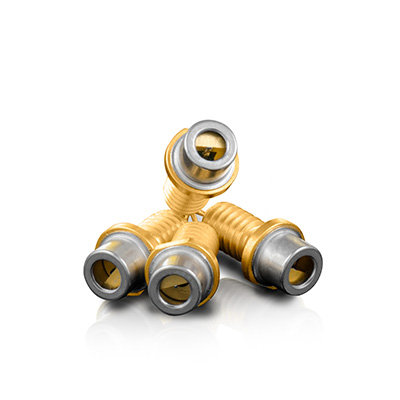
The 850 series features the highest reliability, temperature stability, and the best beam characteristics.
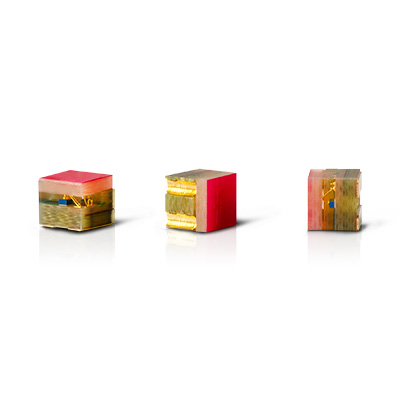
The AlGaAs structure of the 905 series allows for high reliability and temperature stability; it also achieves the best beam characteristics. A thermoelectric cooler (TEC) can be integrated into a TO-8 housing.
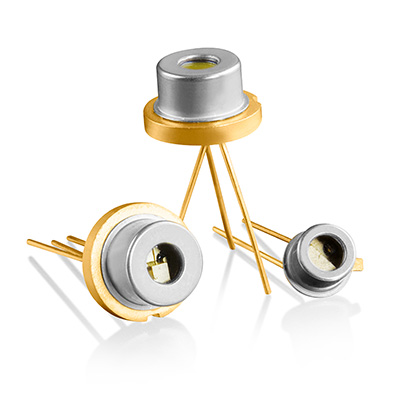
The base material of the 1550 series is InP with additional InGaAsP layers ensuring high reliability, very good beam characteristics, and a high temperature stability.
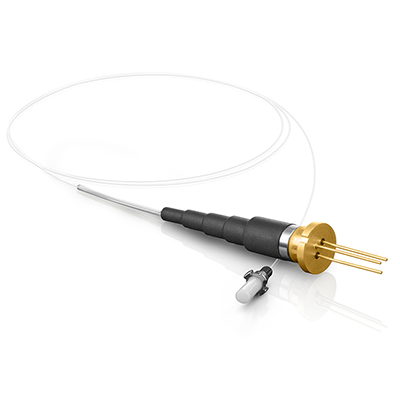
With fiber-coupled pulsed laser diodes at 905 nm and 1550 nm, the high coupling efficiency of these lasers is achieved through a special coupling technique.
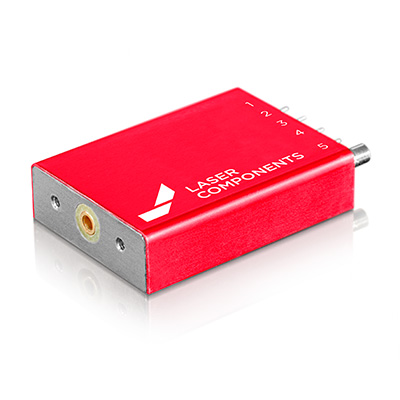
No larger than a matchbook, both the LS and LC series are extremely powerful and adjustable. Because even a single module offers so many different control options, the time leading up to product launch can be reduced by a significant margin.
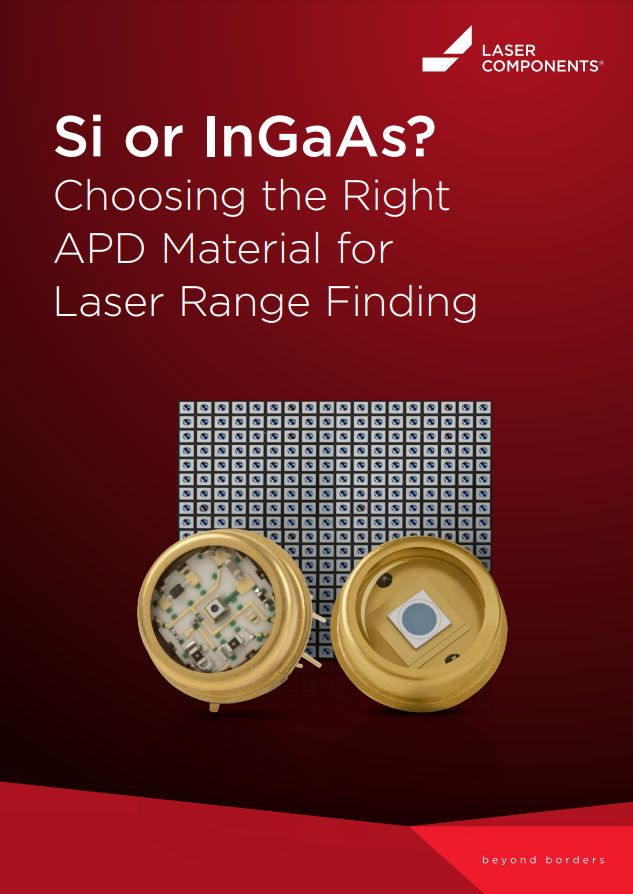
Si or InGaAs? Choosing the Right APD Material for Laser Range Finding
In Laser Range Finder (LRF) design, the right combination of Pulsed Laser Diodes (PLDs) and Avalanche Photodiodes (APDs) can enhance range, accuracy, battery life and overall cost.
The detector material of the APD has great influence on range measurement reliability. Depending on the demands for maximal range, resolution and eye-safety, designers have the choice between III-V compounds such as InGaAs- or Silicon-based APDs – both with their distinctive set of advantages and disadvantages. Of course, these must be coupled to the appropriate lasing wavelength of PLDs, typically 905 nm for Silicon and 1550 nm for InGaAs.
This issue of our LRF Guides will provide high-level guidance on how to choose the best standard APDs and when to consider a customized solution.
